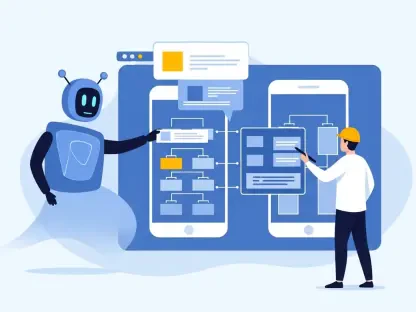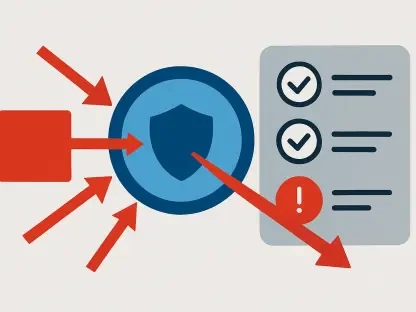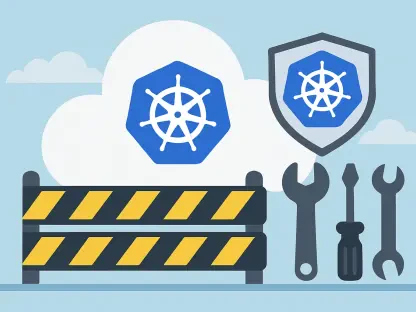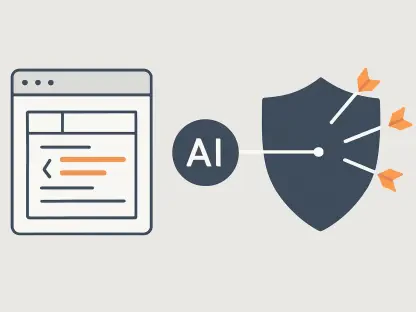Over the past two years, the COVID-19 pandemic has irreversibly changed the world we live in. Now, businesses from around the world are trying to adjust to the new post-pandemic normal. One crucial step is to upgrade their IT systems. In some cases, the return to normalcy is intertwined with the digital transformation of tax administrations, which forces companies to invest even more in new software and other systems. Let’s discover the most common technologies recently adopted, and the trend in software spending in 2022.
Tax reporting requirements are driving companies to spend more money
The digital transformation of tax administrations and new regulations that place increasing emphasis on transparent tax reporting is driving companies around the world to implement state-of-the-art IT systems, with 24% already using such solutions and 86% in the process of implementing them, according to the Deloitte Tax Transformation Trends – Technology in Focus study.
This development comes as 70% of participating companies anticipate that direct access to their financial systems by tax authorities will increase over the next three years. Company representatives expect the process to intensify with the implementation of the two pillars of the Organization for Economic Co-operation and Development (OECD) reform agreed upon by nearly 140 countries in 2021, i.e. global minimum corporate tax and profit-sharing between source jurisdictions.
In fact, 60% of companies already working with a NextGen ERP system say it allows them to perform more sophisticated analyses needed in the context of new regulations. By comparison, in companies that have not yet implemented such a system, analysis capacity is almost three times lower. For these reasons, three-quarters of companies expect their teams to spend more time ensuring that internal systems are properly configured to keep up with tax compliance requirements.
Moreover, three-quarters of survey participants (75%) say they plan to use artificial intelligence (AI) and machine learning (ML) to manage tax liabilities in the next two years, in particular for real-time adaptation of reporting to changing requirements, classification of tax data and improving the quality of tax data.
Software spending is expected to grow in 2022
According to the latest forecast by Gartner, worldwide IT spending is projected to total $4.4 trillion in 2022, an increase of 4% from 2021.
Inflation impacts on IT hardware (e.g., mobile devices and PCs) from the past two years are finally dissipating and are starting to spill over into software and services. With the current dearth of IT talent prompting more competitive salaries, technology service providers are increasing their prices, which is helping to increase spending growth in these segments through 2022 and 2023. Software spending is expected to grow 9.8% to $674.9 billion in 2022 and IT services are forecast to grow 6.8% to reach $1.3 trillion, according to the forecast.
“The Russian invasion of Ukraine is not expected to have a direct impact on global IT spending. Price and wage inflation compounded with talent shortages and other delivery uncertainties are expected to be greater impingements on CIOs’ plans in 2022 but will still not slow down technology investments”, Gartner notes.
Smart Dashboards, Advanced Analytics, Big Data, and Predictive Forecasting
Smart Dashboards, Advanced Analytics, Big Data, and Predictive Forecasting are the most common digital transformation technologies adopted lately by operational departments in companies in an attempt to adapt to the new post-pandemic normal, as they help to make quick decisions, are interactive and trend-setting.
Smart / Intuitive Dashboards are analytical tools that allow you to visualize data across industries. For example, they can be a reporting dashboard for key performance indicators in the company. In short, they show CFOs where they are every day and help them extrapolate and make sense of trends to make the best decisions. Industries adopting Smart Dashboards: Automotive, Pharmaceutical, and IT.
Advanced Analytics is another method that enables autonomous or semi-autonomous examination of data using sophisticated techniques and tools, usually other than traditional business intelligence (BI), to uncover deeper insights, make predictions or generate informed recommendations. Industries that have started to adopt Advanced Analytics: Pharmaceutical Industry, IT, and Retail.
Big Data / Data Lakes are large and complex data sets that are so voluminous that traditional processing software cannot handle them. These “data lakes” contain information in its raw form with the primary purpose of providing easy access to business analysts, data engineers, CFOs, and other professionals able to improve the performance of their companies. The industries that have started to adopt Big Data / Data Lakes are Banking and Financial Services Industry, Automotive, and Retail.
Predictive Forecasting is an automated forecasting technique that allows continuous adjustment of forecasts. This enables companies to identify new opportunities and risks early and adapt their business decisions in real-time. This technology is adopted in particular by the pharmaceutical and energy supply industries.
Conclusion
While returning to normal, business managers see increased investment in software and other IT systems as a top opportunity to break the deadlock created by the COVID-19 pandemic.









